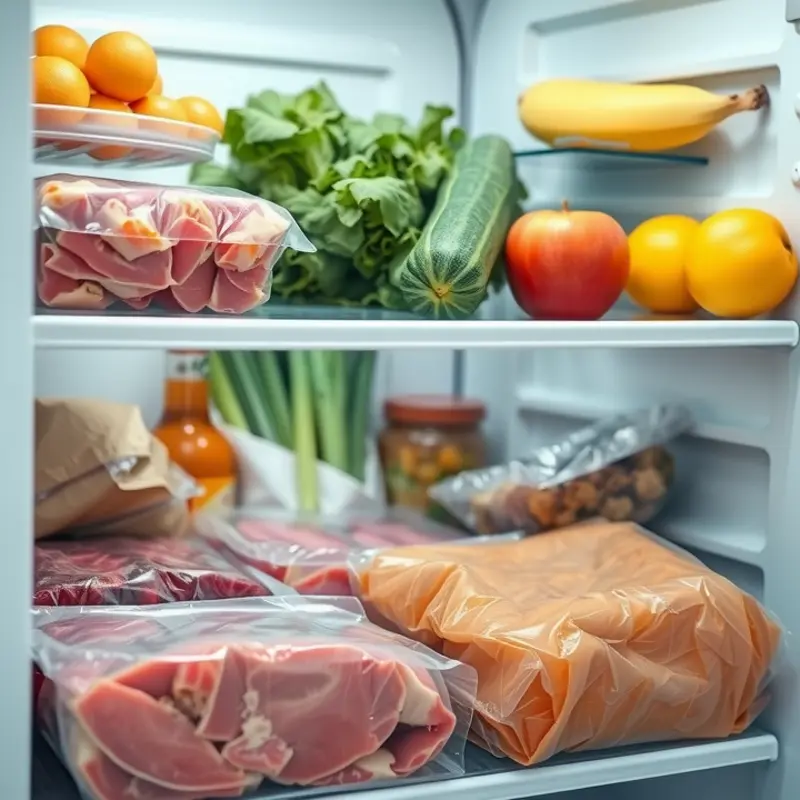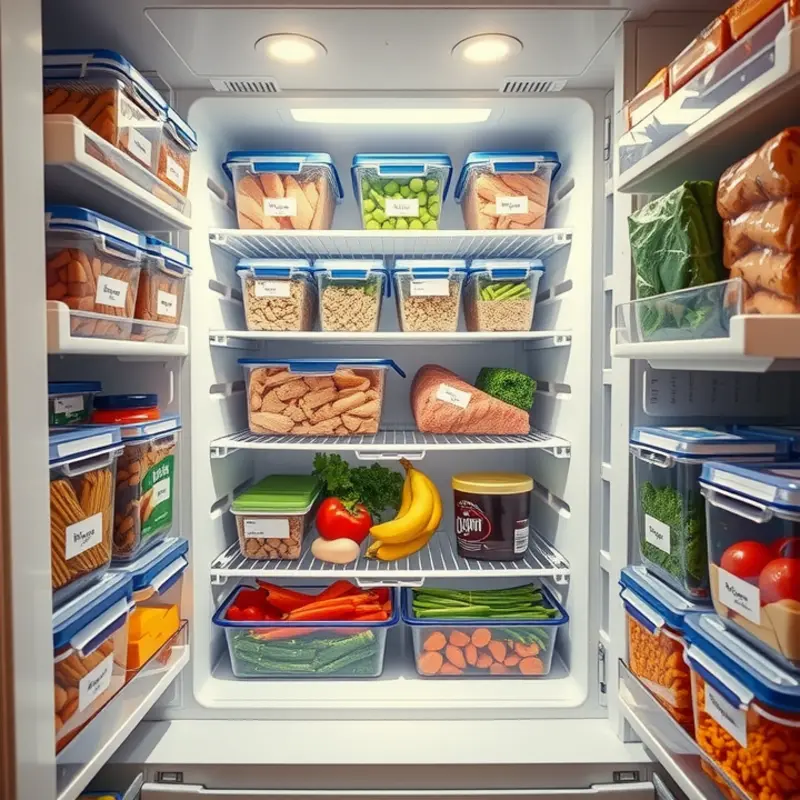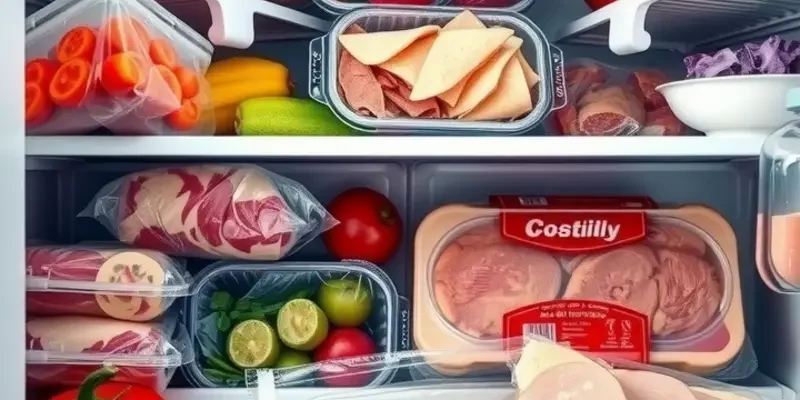Freezing food is a great way to preserve freshness and minimize waste, but freezer damage can compromise the quality of your food. By familiarizing yourself with how to identify freezer-damaged items, you can make informed decisions, save money, and reduce waste. This guide will provide you with straightforward techniques to check for signs of freezer damage and tips for preventing it in the future.
Recognizing the Signs of Freezer Damage

Understanding how to spot freezer damage is essential to preserving the quality and safety of your stored food. Freezer burn is a common issue, often recognized by its telltale signs such as dry spots, white or grayish patches, and shriveled edges on meats and other frozen products. This phenomenon occurs when air reaches the food’s surface, causing dehydration and oxidation.
Freezer burn tends to affect foods like meat, poultry, fruits, and even ice cream, leading to changes in flavor and texture. Although it doesn’t make food unsafe, it does compromise taste and can result in an undesirable rubbery consistency.
Texture changes are another key indicator of freezer damage. Foods such as fruits and vegetables might become mushy or limp after being frozen for extended periods. For example, strawberries might lose their firmness, and spinach becomes soggy. This softening results from ice crystal formation, which damages cell walls, allowing moisture to leak out once thawed.
Color alterations can provide even more clues about freezer damage. Brightly colored vegetables might fade or develop dark spots. Meat can turn pale or grayish, although this is not always a sign of spoilage. It’s essential to distinguish between harmless aesthetic changes and those indicating compromised quality.
Assessing food’s safety after freeze damage involves using both visual and scent cues. For meat and dairy especially, it’s crucial to avoid consuming products with off-putting smells or overly slimy textures. Trust your senses and prioritize safety to prevent foodborne illnesses.
To avoid wastage, repurpose foods affected by freezer damage rather than discarding them outright. Freezer-burned vegetables can be used in soups or stews, where texture changes are less noticeable. Similarly, damaged fruits can be blended into smoothies or transformed into jams.
When managing freezer storage, staying aware of optimal freezing practices is crucial. For improved results, consider strategies like vacuum sealing, which minimizes air exposure, thus reducing the likelihood of freezer burn. Regularly rotate and plan meals around older stock to reduce the chance of prolonged storage leading to damage.
Maintaining food quality through appropriate freezer management not only reduces waste but also aligns with sustainable and eco-friendly eating practices. For additional tips on kitchen storage methods that promote sustainability, consider exploring Eco-Smart Kitchen Storage.
Spotting and understanding freezer damage provides an important foundation for maintaining food safety. By recognizing these signs, you can implement effective measures to safeguard against unnecessary waste, ensuring your meals remain delicious and nutritious.
Preventing Freezer Damage: Best Practices

To prevent freezer damage and safeguard your food, the first step is to understand how to pack items properly. Proper packaging involves using airtight, moisture-resistant containers or bags. Vacuum-sealing is a highly effective method, as it removes air, reducing the risk of freezer burn. If vacuum sealing isn’t available, consider double-wrapping items in plastic wrap before placing them in sealable freezer bags.
Another vital component is organizing your freezer. Keep a logical system to ensure easy access and efficient use of space. Categorize items, grouping similar types together, such as meats on one shelf and vegetables on another. Label each package with the contents and date of freezing. This habit not only helps with planning meals but also ensures older items are used first, minimizing waste.
It is crucial to maintain your freezer at the optimal temperature, which is 0°F (-18°C) or lower, to keep foods safe. Invest in a reliable freezer thermometer. Regular checks ensure that the temperature is consistent, especially during seasonal changes or power outages.
Regular checks of your freezer’s state prevent small issues from becoming major problems. Look for signs of over-icing or frost build-up, which might indicate an issue with the seal. Address these promptly to avoid compromising the effectiveness of your freezer.
Rotation practices are key to minimizing quality degradation. Implement the first-in, first-out (FIFO) method. This system ensures older food gets consumed before newer items. Create a tracking system, perhaps using a list on your phone or a whiteboard near the freezer, to keep an eye on what’s nearing its expiration or suggested use-by date.
If your priority is waste reduction and sustainability practices, you’ll find more insights by exploring eco-smart kitchen storage solutions. There’s a wealth of information on maintaining an organized, low-waste kitchen, aligning perfectly with your efforts in practical freezer management.
Contain your freezer savvy by systematically inspecting your storage every few months, purging anything past its prime, and making space for fresh supplies. By implementing these practices, you’ll not only prevent freezer damage but also contribute to a more sustainable approach to food storage, ensuring that your kitchen remains as waste-free as possible.
Final words
Identifying and managing freezer-damaged foods is essential for reducing waste, saving money, and ensuring the quality of the food you consume. By learning to recognize signs of damage and implementing best practices for food storage, you can extend the life of your frozen goods. Regularly assess your freezer inventory and maintain organized storage to facilitate rotation and avoid losing track of what you have. Making these small adjustments can lead to healthier eating habits and a more sustainable approach to food management.







